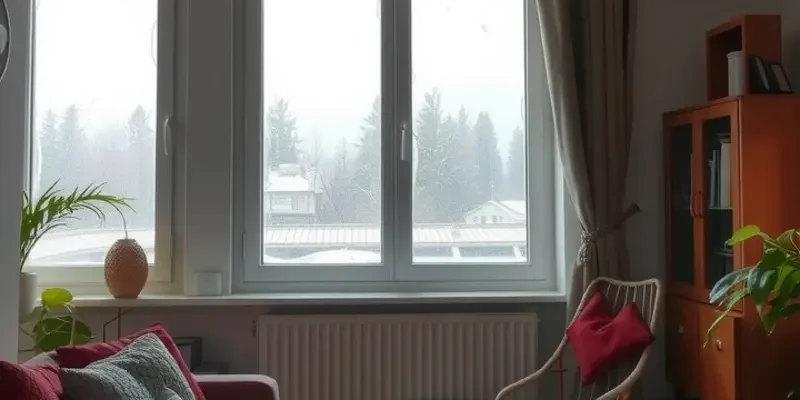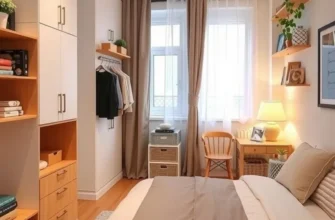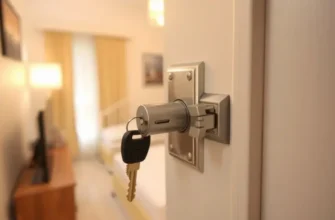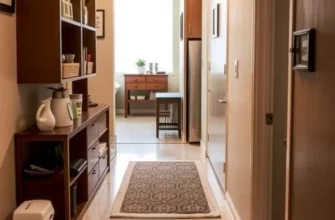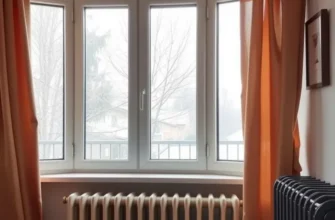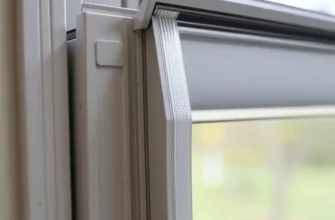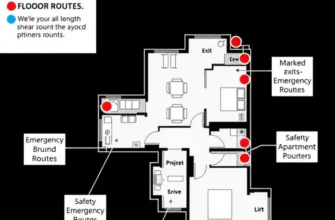Apartment living can be both cozy and convenient, but humidity is an often-overlooked issue that can lead to discomfort and health concerns. Whether you’re navigating a damp environment in the Pacific Northwest or dealing with muggy summers in the Southeast, managing humidity levels is essential for your home’s comfort and your well-being. High humidity can create an environment conducive to mold growth and contribute to allergies, while low humidity may lead to dry skin and respiratory issues. Fortunately, renters don’t have to feel trapped in their apartments; there are effective, hassle-free solutions to manage humidity and foster a healthier living space. By understanding humidity, identifying its sources, and implementing simple tricks and tools, you can create a safe and welcoming environment that feels like home.
Recognizing the Signs of Humidity Issues
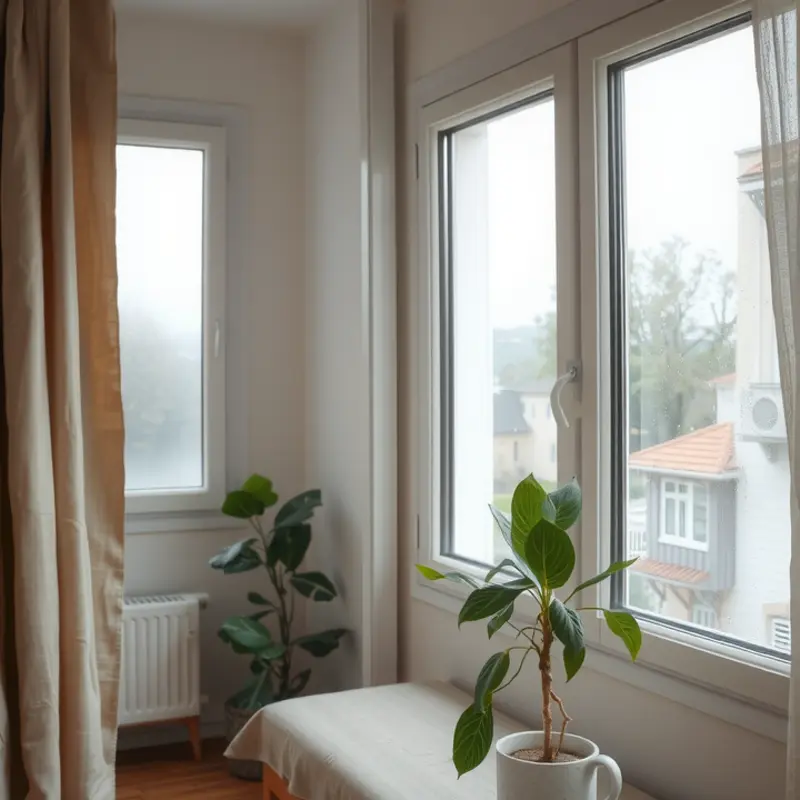
Effectively managing your apartment’s humidity requires recognizing the subtle and not-so-subtle signs of imbalances. High humidity can often exceed comfort levels, while low humidity tends to creep up on you, affecting your health and wellbeing in unexpected ways.
First, let’s address high humidity. One of the most telltale signs is condensation on windows and walls. This occurs when warm, moist air comes into contact with cooler surfaces, leading to water droplets forming on surfaces. If unchecked, this moisture can become a breeding ground for mold, which can present both aesthetic and health challenges.
Another indicator is the presence of musty odors. These smells often signal mold or mildew, which thrive in moist environments. It’s crucial to identify the source of these odors early, as prolonged exposure can pose respiratory risks and potentially aggravate asthma or allergies.
Visible mold is a more glaring sign of high humidity but catching it early can prevent significant issues. Mold often forms in corners, around windows, or in bathrooms where moisture lingers. If discovered, immediate action is required to clean and ventilate the affected area to prevent further growth.
On the flip side, low humidity is equally concerning but less noticeable. Symptoms often manifest physically before visible signs do. For instance, you might experience dry, itchy skin or frequent respiratory issues. These signs indicate the air lacks adequate moisture to maintain comfortable living conditions.
Static electricity is another signal of low humidity. If you frequently experience static shock or notice hair and clothing sticking or even sparking, your apartment might be too dry. Wooden furniture and flooring can also become dry and brittle, warping over time.
To address these issues before they escalate, consider investing time in monitoring humidity levels. Simple hygrometers, which measure air moisture, can be incredibly useful. They’re easy to use and can give you a precise picture of your apartment’s humidity.
Being proactive in recognizing these signs can alleviate many potential concerns. Empower yourself to investigate further if you notice any of these humidity symptoms, and consider consulting resources like the apartment safety checklist to ensure comprehensive apartment care and maintenance.
Swiftly addressing humidity problems not only preserves your living space but ensures comfort and safety, making your apartment a haven against the changing climates outside.
Practical Solutions for Managing Humidity
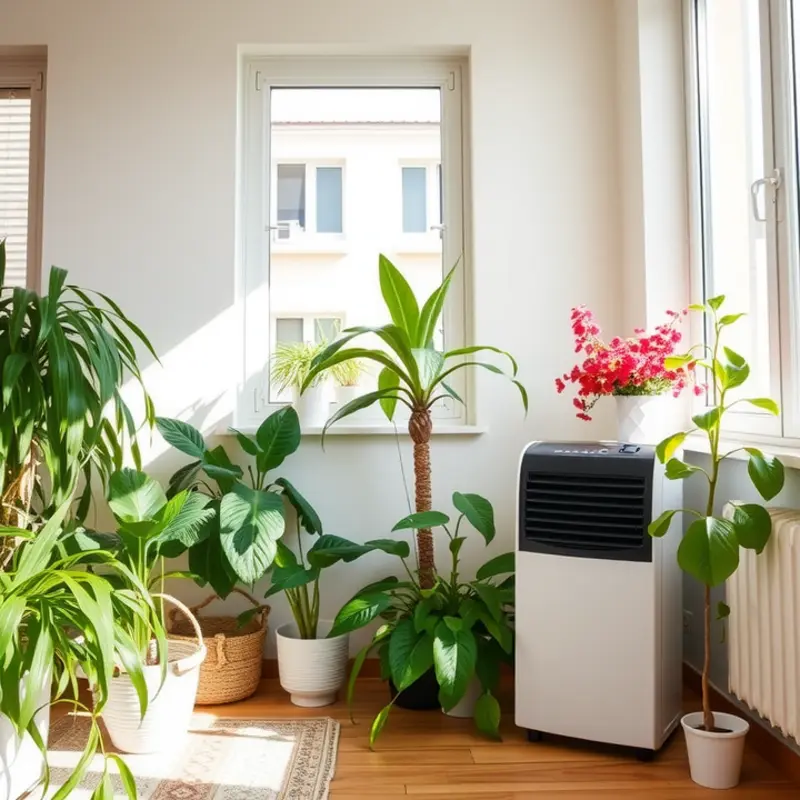
Managing humidity in your apartment is crucial for both comfort and health. Too much moisture can lead to mold growth and musty odors, while too little can cause dry skin and respiratory issues. Fortunately, renters have several practical options to tackle humidity without major modifications.
One of the most efficient ways to control humidity is by using a dehumidifier. These devices draw moisture from the air, significantly reducing humidity levels. They come in various sizes, making it easy to find one suitable for your apartment’s square footage. Many models are compact and portable, allowing for placement in different rooms as needed.
Beyond appliances, natural ventilation should not be overlooked. Humidity often builds up when the air becomes stagnant, particularly in small or enclosed spaces like bathrooms and kitchens. To combat this, keep windows slightly open when possible, or use vents and fans to improve airflow. Even a small fan can facilitate air movement and help to dissipate moisture.
Optimizing your apartment’s heating and cooling systems can also play a significant role. Adjust your air conditioning settings to maintain a consistent indoor temperature. Doing so can reduce fluctuations that lead to humidity spikes. If you have access to thermostat controls, aim for a balance that keeps your environment comfortable yet not overly dry.
Indoor plants often get overlooked, yet they can be allies in managing humidity. Plants like ferns, spider plants, and peace lilies absorb moisture from the air while enhancing indoor air quality. Be mindful of the type and number of plants, as excessive watering or too many plants can sometimes increase humidity levels rather than reduce them.
Regular maintenance is essential for preventing humidity-related issues before they arise. Ensure that your apartment’s plumbing and drainage systems are functioning properly. Leaky pipes can lead to excess moisture buildup, which is detrimental in maintaining positing humidity levels. Additionally, consider periodically checking windows and doors for any gaps or leaks that might allow moisture to seep in.
Simple practices like wiping down wet surfaces, fixing leaks immediately, and removing cooking moisture with exhaust fans can go a long way. Furthermore, hanging heavy fabrics like curtains in sunlit areas can trap moisture; periodically vacuuming or washing them helps keep them dry and airy.
In summary, managing humidity effectively requires a combination of using tools, strategic planning, and routine maintenance. These efforts together foster an environment that feels comfortable and inviting. For additional DIY suggestions to support apartment living enhancements, explore insights on removable adhesive décor ideas.
Final words
Managing humidity in your apartment doesn’t have to be overwhelming. Recognizing the signs and implementing practical solutions can help create a safe and enjoyable living environment. By proactively addressing humidity levels, renters can enhance their comfort, prevent health issues, and genuinely feel at home. Remember, a few simple actions can foster a healthier atmosphere, leading to better quality of life in your apartment.

